Trading VIX Derivatives: Trading and Hedging Strategies Using VIX Futures, Options, and Exchange-Traded Notes
$22.14
| Author(s) | |
|---|---|
| Format |
|
| Pages |
286 |
| Publication Year |
2011 |
Trading VIX Derivatives will show you how to use the Chicago Board Options Exchange’s S&P 500 volatility index to gauge fear and greed in the market, use market volatility to your advantage, and hedge stock portfolios. Engaging and informative, this book skillfully explains the mechanics and strategies associated with trading VIX options, futures, exchange traded notes, and options on exchange traded notes.
Introduction:
Futures and then option contracts were developed by the CBOE to al-low investors the ability to capitalize on an outlook for market volatility. These contracts witnessed steady growth until the second half of 2008, when, with an explosion in implied volatility, the marketplace realized the benefits of volatility as a diversification tool. Other exchanges have taken notice of the success of VIX futures and options and have developed their own volatility indexes and derivative products. Volatility indexes and derivatives on gold, oil, currencies, and even soybeans are now calculated and traded by a variety of exchanges.
This book is divided into two sections. The first half of the book is a description and overview of the variety of volatility-related indexes and products currently available. The unique features of many of the derivative contracts are based on implied volatility, and these are touched on throughout the first section. Some of the confusion that novice traders encounter when considering trading VIX products is addressed, along with instructions on how to interpret a variety of indexes.
The second half of this book is devoted to the uses of volatility-related indexes and products. Methods for speculating on the direction of the overall market or just volatility are addressed. Using volatility derivatives as a tool for hedging traditional portfolios is discussed. Also, the emergence of volatility indexes and trading products as forecasting tools is discussed.
Volatility as an asset class and trading tool is a rapidly growing area in the markets. While writing this book, dozens of new indexes and derivative products based on implied volatility were introduced. Trying to keep up with all of them is nearly impossible, and if I’d tried, this book may never have made it to your hands.
Contents:
- Understanding Implied Volatility
- About the VIX Index
- VIX Futures
- VIX Options
- Weekly Options on CBOE Volatility Index Futures
- Volatility-Related Exchange-Traded Notes
- Alternate Equity Volatility and Strategy Indexes
- Volatility Indexes on Alternative Assets
- The VIX as a Stock Market Indicator
- Hedging with VIX Derivatives
- Speculating with VIX Derivatives
- Calendar Spreads with VIX Futures
- Calendar Spreads with VIX Options
- Calendar Spreads with VIX Options and Futures
- Vertical Spreads with VIX Options
- Iron Condors and Butterflies with VIX Options
Trading VIX Derivatives: Trading and Hedging Strategies Using VIX Futures, Options, and Exchange-Traded Notes By Russell Rhoads pdf
20 reviews for Trading VIX Derivatives: Trading and Hedging Strategies Using VIX Futures, Options, and Exchange-Traded Notes
Clear filtersOnly logged in customers who have purchased this product may leave a review.


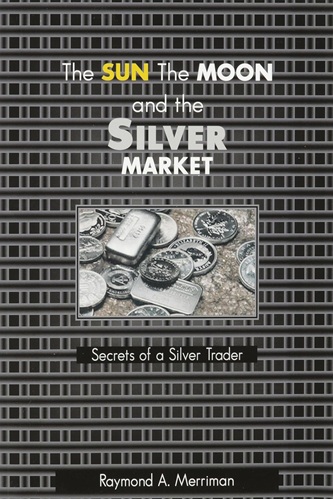
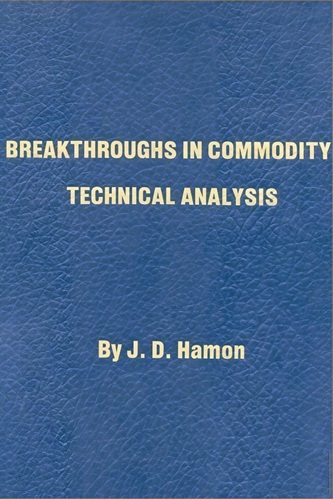
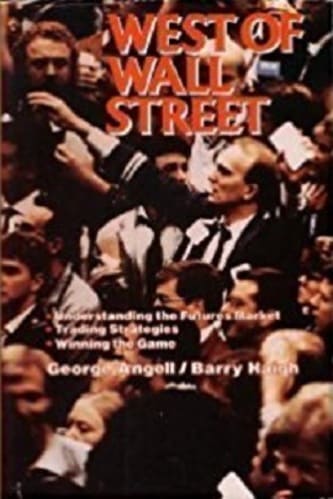
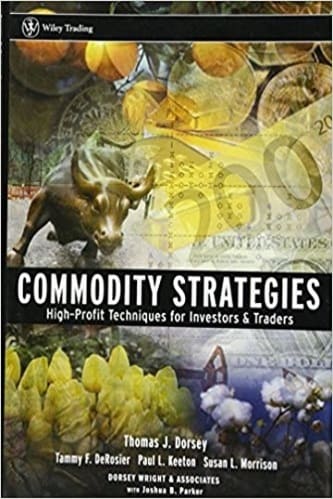
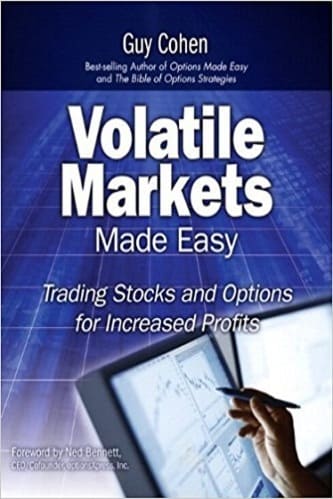
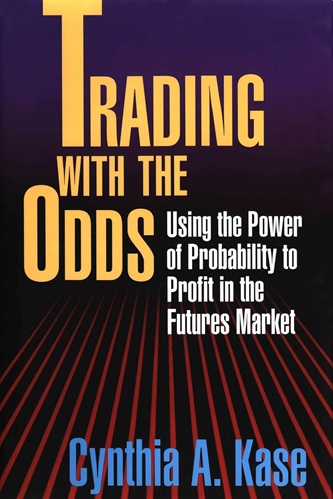
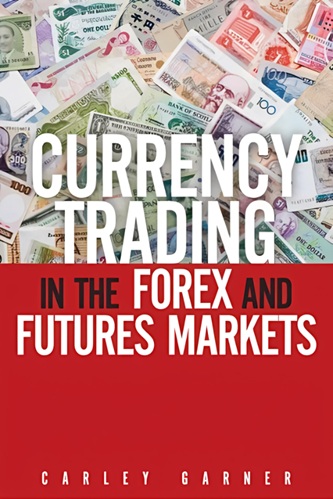
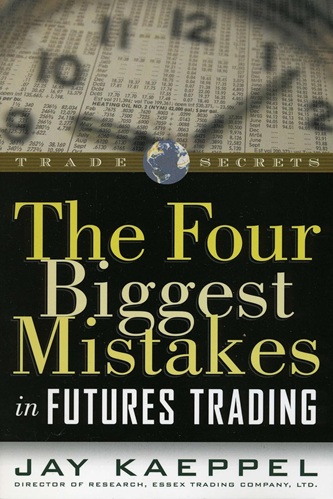
Evan Roth (verified owner) –
The physical market, such as stocks, is dependent on the developments in derivatives markets such as futures and options.
The S&P500 index is the most important stock index in the US stock market for investors.
The implied volatility calculated from the Index Options Trading (SPX) of the S&P500 Index is the VIX Index.
The VIX Index itself cannot be traded, but “futures trading”
and “options trading” with the VIX index as the underlying asset are possible.
This book explains the relationship between two derivatives.
Currently, many ETFs and ETNs related to VIX futures are listed, but
before you trade them, you should understand the relationship between the two derivatives mentioned above deaf
This is because the mechanism of the relationship between the two has been introduced, such as strategies that have an advantage.
Published in 2011, some information is already old and unavailable.
Including that, you can see the history and itinerary history of the VIX index.
I would like to expect a revised new book.
Clarissa Sims (verified owner) –
Rhoads is a lecturer at the Options Institute of the CBo. You notice the book this didactic experience. He can explain very well. Sometimes he overruns his didactic efforts. Even if it’s a VIX introductory book, do you really have to explain to the reader what the Dow is?
The book does without mathematics and especially without Black-Scholes. However, the author has collected relatively much material about and around the VIX. For example, ETFs such as VXX and TVIX are described in more detail. He also deals with VIX futures and options trading strategies in relatively detail. According to the intention of the book rather qualitative and not really analytical. But it offers at least interesting starting points for further analysis. It could have been a bit more, a bit more precise. But given the many crap in this area, one is already happy with a solid introduction.
Dorothy Douglas (verified owner) –
Not breathtaking. But, does include some useful stuff to know about vix.
Lexi Fleming (verified owner) –
With the market as volatile as it is today, I have been looking for a guide to use to trade VIX options and this is the perfect one. I look forward to using it to my advantage to help forecast future turning points.
Elliot Ashley (verified owner) –
I have experience both with the VIX index, as well as Mr. Rhoads, and I have to say that this book greatly helped me to develop my knowledge of VIX futures and options, as well as market volatility, in general. The book comes from a viewpoint of somebody who knows how to trade the products, as well as teach an amazingly eclectic range of students. In my opinion, this book is a must-have for any aspiring VIX trader, rookies and veterans alike.
Raquel Winters (verified owner) –
Mr. Rhoads does an excellent job in explaining the volatility indexes.
For every option trader understanding of the vol. curve is a must-know. Mr Rhoades explains it perfectly.
I particularly find very useful Chapters 10-15 where he explains the practical use of VIX derivatives in different volatility environments.
He provides a real example to each strategy, compares it to each other and explains its pros and cons.
Angelica McClure (verified owner) –
I am mostly an energy trader, but have always kept the VIX quote up on my screen to use as a ‘pseudo’ market indicator. It is great to now have more insight into exactly what the VIX index is measuring. Also, learning about the VIX futures and how the relative price of VIX futures to the index gives more insight into what the outlook is for the over all stock market. On a final thought, I was thrilled to learn about the volatility index that relates directly to the price of Oil and have plans to incorporate this into my daily trading plan. All in all a great resource for those that want to use volatility as a market indicator.
Luella Williamson (verified owner) –
I personally think the VIX is one of the most misconstrued trading vehicles out there. This book gives one an understanding of the VIX products, how they are different from normal stock, option, and futures trading, and various trading strategies to hedge and make directional trades.
I consider myself an intermediate trader with an understanding of options and futures, yet I highlighted plenty of things and marked many pages to refer back too. This book has payout diagrams and quote charts for theoretical trades, and it also takes into account the crash of 2008 in many of the trading scenarios. I took my time going over each trade and found all of them really helpful for a better understanding of the VIX.
Rhoads talks about VIX futures, options, ETF’s, and ETN’s on various products such as gold and oil, but the main focus in on the S&P 500 volatility index. Rhoads breaks up the reading by adding a few highlighted random facts about options and futures to ease the reading on a rather complicated topic.
I would defiantly recommend reading the book and give it significant value, for it has already made me a better trader and has provided me with greater clarity on trading volatility in all its forms.
Sofia Watkins (verified owner) –
I found the book quite accurate in the information it presents (on VIX, its derivatives, and their use for hedging and speculation) — but a lot of that information can be gleaned for free on the CBOE site, so, to justify its cost, I think a book should offer “added value” via engaging, easy-to-follow, makes-you-want-to-keep-reading writing.
Alas, this book’s writing style is about as dry as that found on the CBOE site, making it a hard slog to read and digest cover to cover even, though it’s a short book. And no, it’s not the subject matter that forces such a dry style: McMillan’s writings on options and volatility are just as engaging and absorbing as I would wish, for example.
The single-chapter intro to some options basics is too short and probably insufficient if you lack that info (there’s just too much more you need to know about options!), while it’s redundant if you already know that information.
Probably inevitable, but still a bit disappointing, is the very incomplete coverage of VIX-centric ETFs and ETNs — no doubt because the field keeps evolving very fast. For example, while the book does mention (“cover” would be an overbid) thinly-traded, rather-flat inverse-VIX ETN VXX, if does not have a word about fast-moving, highly liquid XIV (almost 10 times larger in market cap and dollar trading volume). I guess an ETN that started trading in November 2010 could not be covered in a book published in August 2011…?
So, nothing deeply nor terribly about the book, but — I think it just doesn’t really pull its weight. I’d suggest starting with cboe.com, and […] for a list of VIX-centric ETF to use as a start for your own research on how each of them is structured and performs.
Stella Reilly (verified owner) –
way too many examples of trades and really not a lot of explanation or real world ideas on what to do with VIX and other volatility products.
Alvaro Haynes (verified owner) –
When I purchased this book, I was under the impression that it would contain actual strategies for speculating the VIX. Nope!
It’s simply a guide of what VIX derivatives are and how they can be used. If you want to learn actual strategies for predicting the VIX levels you’re out of luck. Keep that in mind before you buy this.
Warren Adams (verified owner) –
useful, but difficult to understand. in a actual situation, I still can not trust for 100%. it is merely one of tools for the decision making process.
Deandre Taylor (verified owner) –
Great!
Raven Sutton (verified owner) –
Not a well written book. I learnt more from online search on the subject. Good as a VIX overview. But a far cry as a strategy book.
Oakleigh Sullivan (verified owner) –
This is the Standard reference for me that is the cornerstone on the Vix. Russell Rhoads explains things thoughtfully.
Fernando Huber (verified owner) –
Great book alot of new products is coming out from the cboe. The technique is the same as all other options that has been used in the past. Keep up the good work cboe you have done to keep up innovating new products to keep the markets entertaining
Brian Shah (verified owner) –
Good book for me.
Reese Cardenas (verified owner) –
This book was published in 2011. It provides lots of information and knowledge that traders/investors need in operation of stock market index, options and future. Since then some new VIX related future and options were introduced and adopted by CBOE, which are missing out in the book. Anyhow, this book is a good start for those who want to know about VIX and its derivatives, and updated information can be found in CBOE.com.
Nash Cohen (verified owner) –
This is my first VIX book that I have purchased to get more in depth knowledge about the asset. I think it is very good since this is probably the only book out there that talks about the micro-structure and gets down to the settlement process.
I did not think the book was confusing, but I have a trading background in equities; so maybe I understand the financial lingo. The only issue I have is I am not very confident about the suggested strategies, but maybe I am biased and prefer my own strategies.
Overall, great book to get a better understanding of the VIX fundamentals from someone’s perspective who works so closely with it.
Emerson Fry (verified owner) –
If you want to know exactly how the VIX works, how it relates to markets, and the various ways to trade and hedge with it, look no further. There is another review here that calls the accuracy of the title of the book into question. I have the book here in front of me, and I fail to see where it says anywhere on the cover that this book will show you exactly how to predict future VIX movements. That being said, the very first chapter is on implied volatility, one of the biggest factors of option pricing. The very next chapter breaks down how the VIX works as a projection of the 30-day implied volatility of S&P500 options. With all this information and with working knowledge of option pricing, you should at least be able to glean what you need to know to attempt to predict VIX movements, and that’s just the first few chapters. Nearly every following chapter lays out strategies based on what your predictions may be (as stated in the title). It’s a book of content, not of VIX “tips,” and on that basis it deserves five stars.